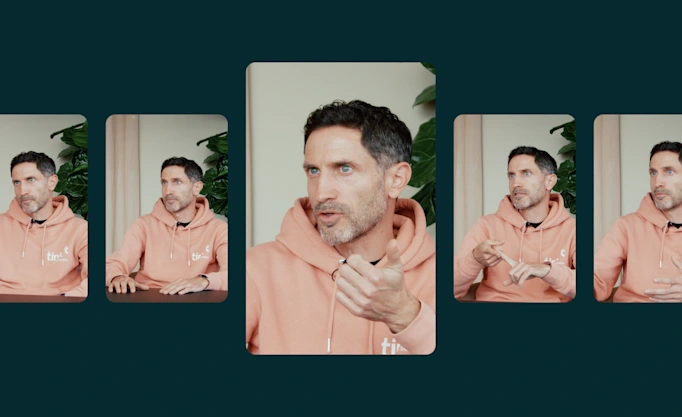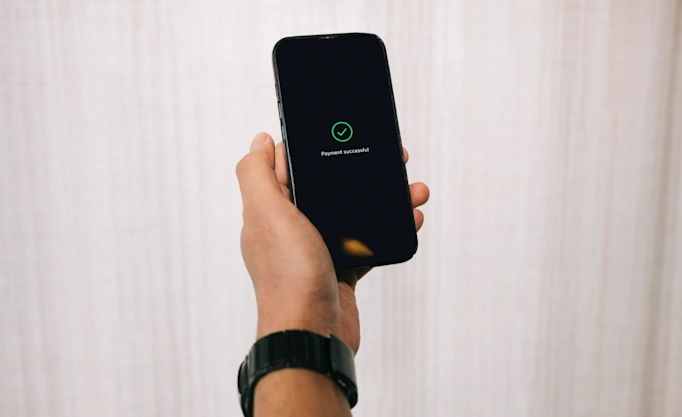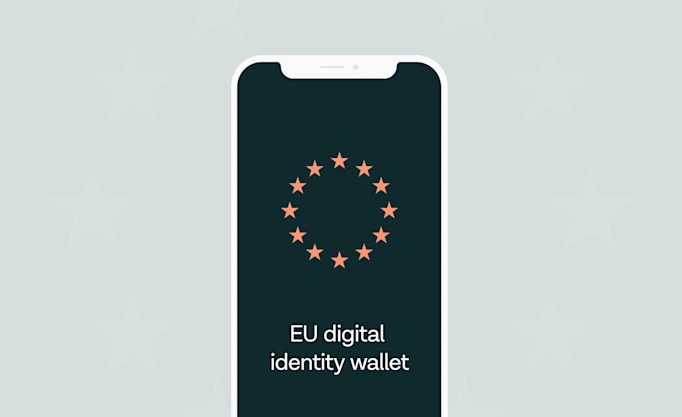How banks can offer tailored support to different consumer groups

As the cost-of-living crisis continues, the need for financial coaching and support has become increasingly evident. In light of this, banks have an opportunity to tailor their services based on the specific needs of their customers. Tink's recent research has identified three distinct customer groups in the UK, each with their own set of financial needs.
The rising cost of living has made financial coaching and support increasingly necessary, but different people need different levels of support.
According to Tink’s latest research, there are three distinct consumer groups in the UK who need different kinds of tailored support: financially vulnerable, ‘only just managing’, and comfortable consumers.
Here’s how banks can provide tailored support for each group using data-driven tools, savings insights, and automatic budgeting.
Financial coaching has become a crucial aspect of banking services, especially with the current economic climate. With this in mind, banks now have the opportunity to tailor their financial coaching based on how much the cost-of-living crisis impacts a certain customer.
Support based on consumer needs
Different customers need different financial tools, andwith the rising cost of living, the need for support and financial coaching is becoming increasingly evident. If we look at one of the countries hardest hit by the current financial climate – the UK – Tink’s latest research shows three distinct groups of consumers emerging: the ‘financially vulnerable’, those who are ‘only just managing’ and ‘financially comfortable’ consumers.
Let’s look closer at how each group is currently tackling their finances as well as what kind of support they could benefit from.
The financially vulnerable consumers
According to Tink’s research, an estimated quarter of UK adults are financially vulnerable, meaning they need urgent support. By financially vulnerable we mean people whose current disposable income no longer covers their essential spending (23%, or an estimated 12.5 million people).
While the cost-of-living crisis has motivated a majority of consumers to actively start managing their finances, many still struggle to make ends meet. Consumers in this group can’t afford everything that they need, and have often run out of money before the end of the month.

How banks can support them
Banks can support financially vulnerable people by using data-driven tools to proactively engage and help them find a way forward, before their problems escalate. Working together to find solutions that could help people avoid building up missed bills, mortgage or rent payments and increasing their debt. By utilising tools that categorise transactions and analyse spending, banks can gain a much clearer understanding of their customers’ situation.
These consumers could also benefit from help in reviewing essential services, such as utility providers and subscriptions, to ensure they are on the best possible deals. According to the research, a third of financially vulnerable Brits (33%) are worried about their ability to pay their utility bills in the coming year.
The ‘only just managing’ consumers
Nearly 25 million consumers in the UK say they are ‘only just managing’ their finances in the current economic climate, which means they can pay for their essentials, but may still need their bank’s support to help them maintain financial stability (46%, or an estimated 25 million people).
Engaging with these users is about helping them understand how close they are to a possible breaking point. How big is their margin and how would another steep expense increase affect them? Would they be able to absorb another interest rate rise or increase in energy bills? Tink’s research shows that nearly a third of ‘only just managing’ consumers (27%) have already been forced to use their savings because of the rising cost of living, and more than two-thirds say rising energy bills are impacting their current situation.

How banks can support them
Through automatic budgeting tools and savings insights, banks can give them the nudge they need to start tracking their spending. Using money management tools, banks can assist customers in tracking how their margin has changed over the last three to six months, and predict how it's likely to change in the near future.
If the customer is close to having a negative discretionary income, this is the time to be proactive. ‘Only just managing’ consumers would be greatly helped by setting savings goals to help build a sufficient cash buffer in order to avoid going from ‘only just managing’ to ‘not managing’ when the next utility bill is due.
Comfortable consumers
Of course, some will be financially well protected against the cost-of-living crisis and likely not need to make any near-term changes to their living and spending habits. We call these ‘comfortable consumers’, or people whose current disposable income comfortably covers their essential spending (26%, or an estimated 14 million UK adults).
Though they may be comfortable at the moment, they are still likely to want further financial coaching to help them reach their savings goals.
How banks can support them
Even though comfortable consumers are not at risk of sinking because of the current financial turbulence, their bank can still aid them by providing insights into their current financial buffer.

For example, these customers could benefit from gaining greater awareness into what expenditures they could cut to boost their savings while maintaining a sufficient margin of safety against future price increases.
Supporting customers with tailored financial services
With the cost-of-living crisis affecting millions of people all over Europe, banks have an opportunity to boost customer trust by helping their customers build financial resilience.
By using data-driven tools and tailored services, banks can help their customers avoid financial instability and achieve their savings goals. As financial coaching becomes increasingly important, banks that are proactive in supporting their customers are likely to see increased customer satisfaction and loyalty.
Want to know more about how banks can support their customers through the crisis? Download Tink’s latest report ‘Banking is getting personal’ or get in touch.
More in Open banking

2025-06-09
11 min read
The case for “Pay by Bank” as a global term
Thomas Gmelch argues that "Pay by Bank" should be adopted as a standard term for open banking-powered account-to-account payments to reduce confusion, build trust, and boost adoption across the industry.
Read more

2025-06-02
3 min read
Tink joins Visa A2A – what it means for Pay by Bank and VRP
Visa A2A brings an enhanced framework to Pay by Bank and variable recurring payments (VRP) in the UK, and Tink is excited to be one of the first members of this new solution.
Read more

2024-11-19
12 min read
From authentication to authorisation: Navigating the changes with eIDAS 2.0
Discover how the eIDAS 2.0 regulation is set to transform digital identity and payment processes across the EU, promising seamless authentication, enhanced security, and a future where forgotten passwords and cumbersome paperwork are a thing of the past.
Read more
Get started with Tink
Contact our team to learn more about what we can help you build – or create an account to get started right away.
